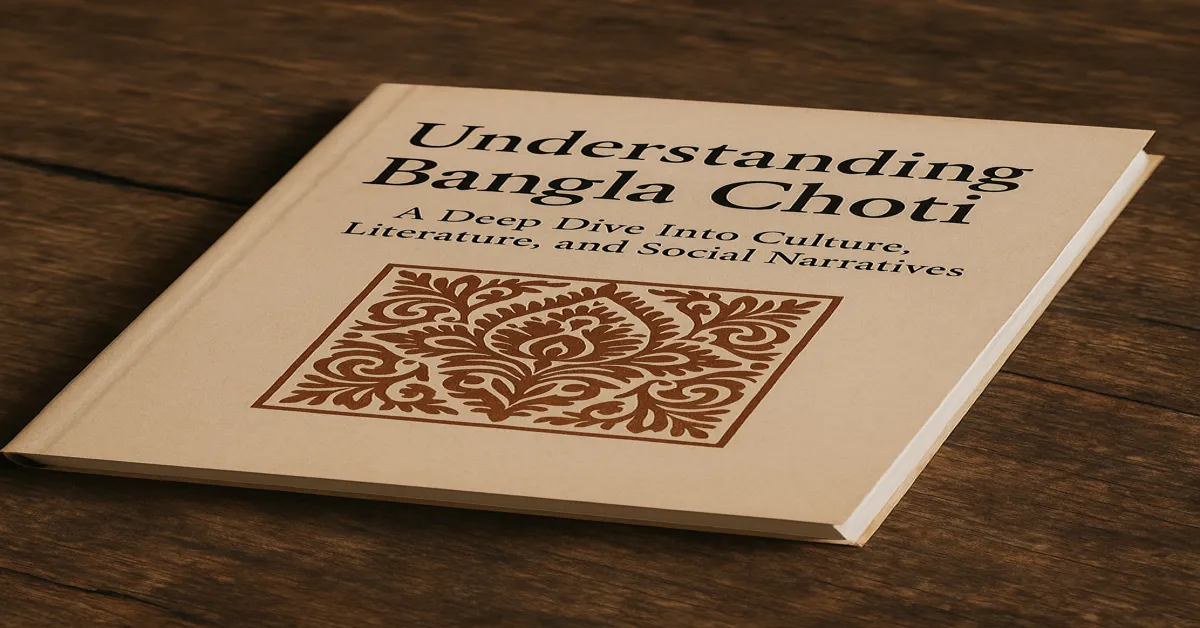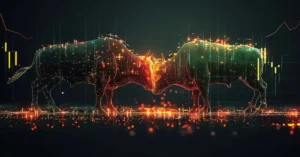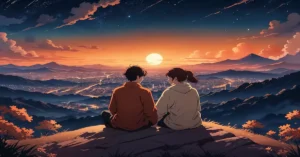Bangla Choti refers to a distinct genre of Bengali short fiction that blends elements of storytelling, cultural memory, and interpersonal relationships. In its original form, Choti means “short story” in Bengali. Over time, this term has evolved, carrying nuanced interpretations depending on the context and audience. In this article, we explore the historical, literary, and societal aspects of Bangla Choti, moving beyond mere sensationalism to investigate what it reveals about Bengali society, language, and narrative traditions.
What is Bangla Choti?
At its core, Bangla Choti is a form of Bengali prose fiction often published in magazines, online platforms, or passed down orally. The stories are typically short, character-driven, and anchored in vivid everyday settings. While the term has, in contemporary usage, become associated with adult or erotic literature on many internet platforms, its roots lie in the rich Bengali tradition of short storytelling—comparable to the works of Rabindranath Tagore or Sarat Chandra Chattopadhyay, though far less formal or literary.
In traditional settings, Choti stories could revolve around domestic life, moral conflicts, humor, or even social satire. The modern, internet-driven version of Bangla Choti has shifted toward intimate stories that reflect desires, taboos, and changing social mores in Bengali communities. To dismiss them as mere adult content is to overlook the socio-cultural dynamics they often mirror—particularly in conservative societies where open conversations on relationships or sexuality are limited.
Historical Origins of Bengali Short Fiction
The Bengali literary world has always had a strong tradition of storytelling. Starting from Bibhutibhushan Bandyopadhyay to Manik Bandopadhyay, short fiction has been a medium for emotional, moral, and societal expression. While Bangla Choti diverges from the literary gravitas of these icons, it exists in the same continuum of short storytelling.
In the 1960s and 70s, Bengali pulp fiction and serialized magazine content flourished. With more accessible printing and a growing reading public, short stories—often dramatic or romantic—became a staple in homes and tea shops. Choti as a form gained popularity because it was easy to consume, engaging, and often closer to the realities or fantasies of the everyday reader.
The Shift: Digital Platforms and Democratization of Content
With the rise of the internet in the late 1990s and early 2000s, Bangla Choti found a new home. Web forums, user-generated blogs, and free e-book platforms allowed a new wave of writers and readers to engage with the genre. The accessibility of smartphones and increased data usage in South Asia only accelerated this.
This digital evolution brought about significant shifts:
- User Participation: Readers became writers. Many Choti stories published online today are crowd-sourced, user-submitted, or collaborative in nature.
- Language Hybridization: Though primarily written in Bengali, many Choti stories began incorporating colloquial English or Hindi, reflecting real-life speech patterns.
- Anonymity and Expression: The semi-private nature of the internet enabled people to explore ideas, fantasies, and cultural taboos without social penalty.
While much of this content lacks literary structure, it remains a critical reflection of how storytelling adapts to new technologies and cultural needs.
Common Themes in Bangla Choti Stories
Thematically, Bangla Choti spans a wide spectrum:
| Theme | Description |
|---|---|
| Domestic Life | Stories involving household relationships, often exploring the blurred lines between affection and authority |
| Romantic Desires | Romantic or erotic desires, sometimes forbidden or unspoken in traditional narratives |
| Power and Gender | Stories that examine social hierarchies, gender roles, and the dynamics of control and vulnerability |
| Comedy and Satire | Light-hearted, sometimes absurd stories that exaggerate everyday events for humor |
| Social Commentary | Occasionally, Choti stories critique conservatism, hypocrisy, or social injustice subtly through fiction |
It’s crucial to note that these stories often reflect fantasy more than reality, and while controversial, they offer a form of narrative release for authors and readers.
Why Do People Read Bangla Choti?
The interest in Bangla Choti is not merely due to titillation. Several reasons explain its popularity:
1. Relatability
Characters often resemble people from everyday Bengali life—housewives, clerks, students—which allows readers to emotionally or psychologically engage with the story.
2. Cultural Context
Despite the modern themes, the backdrop of many Choti stories remains unmistakably Bengali, laden with familiar social norms, idioms, and local environments.
3. Freedom of Imagination
In societies where public discussions about intimacy are restrained, such stories allow individuals a safe mental space to explore imagination and identity.
4. Short and Accessible
Unlike traditional novels, Choti stories are short, engaging, and available freely, which suits the reading patterns of mobile internet users.
Cultural Significance and Criticism
While Bangla Choti holds cultural value for its insight into changing norms and expressions, it is not without controversy.
Cultural Critics Argue:
- Promotion of Misogyny: Some stories portray problematic gender dynamics or objectification.
- Literary Degradation: Critics worry it dilutes the quality of Bengali literature by flooding the space with unedited, informal prose.
- Social Decay: More conservative circles argue these stories undermine moral values or promote obscenity.
Yet, these criticisms often ignore the folk literature parallels—just as oral tales carried adult themes under veils of mythology or parable, Bangla Choti too plays a socio-literary role.
The Psychology Behind the Genre
Understanding why people are drawn to Bangla Choti requires delving into cultural psychology:
- Repressed Expression: In conservative societies, literature becomes a channel for exploring identity and emotion, often repressed in real life.
- Anonymous Empathy: Online Choti platforms create a pseudo-community where readers find others who share similar thoughts or feelings.
- Narrative Projection: Stories act as projection screens for desires, frustrations, or dreams that remain unfulfilled in everyday life.
It mirrors the Freudian concept of literature as a “royal road to the unconscious.”
The Economics of Bangla Choti
As with any content, where there is attention, there is monetization:
- Ad-Supported Blogs: Many Choti sites earn revenue through ads, especially with high mobile traffic.
- Ebooks and Self-Publishing: Authors now self-publish Choti anthologies on platforms like Kindle, targeting niche readers.
- Subscription Models: Some premium Choti apps charge small fees for access to exclusive stories.
This has created a micro-economy that sustains hundreds of writers and content curators.
A Literary Framework: Can Bangla Choti Evolve?
Absolutely. There’s growing interest in bridging the gap between Bangla Choti and modern literary storytelling. By focusing on:
- Character Depth
- Moral Complexity
- Cultural Layering
Writers can preserve the allure of Choti stories while enhancing narrative quality.
This could birth a neo-Choti genre: culturally rich, emotionally resonant, and narratively refined—where desire, culture, and storytelling meet.
Future of Bangla Choti in Bengali Literature
With AI writing tools, online publication platforms, and a growing interest in vernacular storytelling, Bangla Choti is not going away. Instead, it might splinter into sub-genres:
- Social Realism Choti
- Feminist Choti
- Historical Choti
- Comedic Choti
The genre’s future depends on whether readers and writers view it as disposable entertainment or fertile ground for literary exploration. With intention and craft, it could very well become a mirror genre—reflecting not just bodies, but the soul of Bengali culture.
ALSO READ: GoMyFinance.com: The Emerging Digital Ally in Your Personal Finance Journey
FAQs
1. What is the real meaning of Bangla Choti?
Originally, “Choti” means a short story in Bengali. Over time, it has become associated with romantic or intimate short stories, often in informal settings.
2. Is Bangla Choti considered part of formal Bengali literature?
No, Bangla Choti exists in the informal or folk literature space, though it reflects cultural dynamics and social storytelling similar to formal literature.
3. Why are Bangla Choti stories popular online?
They are short, relatable, often emotionally or psychologically engaging, and easily accessible on mobile devices—ideal for the digital reading age.
4. Are these stories harmful or culturally degrading?
Like any genre, it depends on the content. While some stories promote problematic ideas, others offer deep cultural insight and emotional narratives.
5. Can Bangla Choti be written in a respectful and artistic way?
Yes. Many writers are experimenting with stylistic depth, cultural authenticity, and emotional complexity to elevate the genre into serious storytelling.









